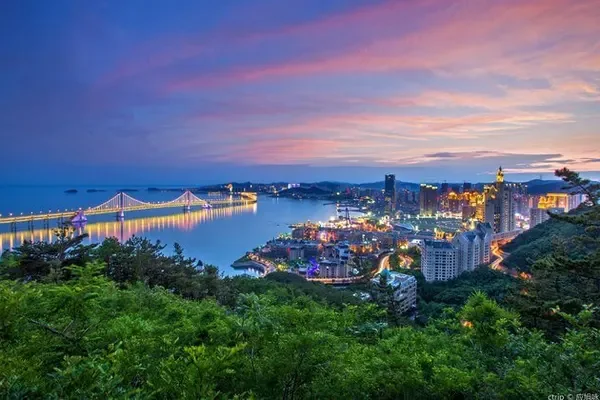Ganga Grassland
This trip to Qinghai is really worthwhile, and we have gained a lot, and we should really recommend it grandly. The most important thing is to see the beautiful plateau grassland - Ganga.
The scenery along this road is very beautiful. Although we came too early, the best tourist season in Gannan is August in the Gregorian calendar. It is said that the grass in the grassland can grow more than half a meter high at that time, but the grassland at this time has begun to show its beauty of.
The best tourist seasons in Gannan are summer and winter. June, July, and August are extremely hot, but it is cool and pleasant in Gannan, with the temperature ranging from 15°C to 30°C, and Gesang flowers bloom everywhere on the prairie. At that time, there will be very unique ethnic festivals on the grassland, such as the Niangnai Festival on April 15 of the lunar calendar, the Lianhuashan Flower Fair on June 6, the Arrow Inserting Festival on June 15, and the Shower Festival on July 6. Herdsmen on the grassland hold ethnic activities such as horse races, elephant tug-of-war, and yak races. You can freely visit the herdsmen's tents and appreciate the heroism of Tibetan compatriots drinking in big bowls and eating meat in big mouthfuls.
The eighth to sixteenth day of the first lunar month after the Spring Festival is the day when monasteries of all sizes in Gannan Tibetan area hold pujas, and it is also the most lively time. Pakistan and other festivals.
This trip to Qinghai is really worthwhile, and we have gained a lot, and we should really recommend it grandly. The most important thing is to see the beautiful plateau grassland - Ganga.
The scenery along this road is very beautiful. Although we came too early, the best tourist season in Gannan is August in the Gregorian calendar. It is said that the grass in the grassland can grow more than half a meter high at that time, but the grassland at this time has begun to show its beauty of.
Crossing the beautiful Ganga grassland, the snow-capped mountains appearing and disappearing, and the mountains and plains are full of yaks and sheep grazing.


There are countless flocks of sheep and yaks all over the mountains and plains. I have never seen so many in my life.

When we arrived at Guashtse Town, there was a Yamazhaxiji Temple and the former residence of Gendun Chopel, which were on the side of the road, but they were being renovated. Walk another 4 kilometers to Shuangpeng West Town, where you can see the Danxia landform.

It’s almost time for Tongren, there are rivers, woods and farmland, and the dense forest makes people want to go down for a walk.

Golden Valley, Qinghai Colleagues
This time I went to Gannan, I saw on the map that Qinghai colleagues are not far from Xiahe, so I decided to take a look.
"Tongren" is called "Regong" in Tibetan. From the 14th to the 15th century, Tibetan Buddhism was introduced to Tongren area. The Tibetan and Tu people in the natural village followed the rise of Lamaism, and the continuous expansion and decoration of temple buildings led to the rise of paintings, sculptures, stone carvings and other arts that mainly serve religion, which are called Regong Buddhist art. In the middle of the 17th century, it has become a painting town where "everyone knows how to paint, and every family takes art as their career", so it is also called Wutun Buddhist art. "Regong Art" is an important part of Tibetan Buddhist art and an art genre with wide influence. For hundreds of years, a large number of artists have been engaged in folk Buddhist painting and sculpture art. The large number of artists and the exquisite group skills are rare in other Tibetan areas, so it is known as the "Hometown of Tibetan Painters". It is called "Regong" in Tibetan, so this art is collectively called "Regong Art".
Only after I went there did I realize that although it is not far away, they are all mountain roads, and there is also a section of gravel road, 105 kilometers one way, and it takes at least 5 hours to drive back and forth. But this trip to Qinghai is very worthwhile. The beautiful Ganjia Grassland, the exquisite Shangxiawutun Temple, the dazzling Regong Thangka, and the majestic Longwu Temple have given us a lot of rewards. We should really recommend it solemnly .
Walk another 8 kilometers to the intersection of Sancha Road, take Provincial Highway 203, turn to the direction of Longwu Temple in the south, and soon after driving, you can see Wutunxia Temple, Wutunshang Temple, and Regong Painting Academy in Huangnanzhou, Qinghai.













